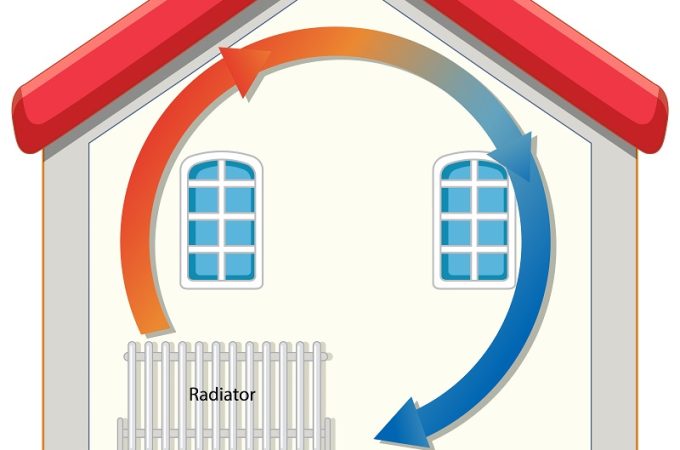
The Restumping Process: What to Expect and How to Prepare
As a homeowner, you may have heard about the restumping process, but do you know what it entails and how to prepare for it? Restumping, also known as reblocking or underpinning, is the process of replacing the stumps that support your house’s foundation. This is often necessary when the existing stumps have deteriorated or become unstable, posing a risk to your home’s structural integrity. In this article, we will discuss the signs that indicate the need for restumping, provide an overview of the restumping process, offer tips on how to prepare for it, and discuss the costs associated with this important home improvement project.
1. Signs Your Home Needs Restumping
There are several signs that may indicate your home requires restumping, including:
– Cracks in walls or ceilings
– Uneven or sloping floors
– Doors or windows that are difficult to open or close
– Bouncing or creaking floors
– Visible rot or decay in the stumps
If you notice any of these signs, it’s crucial to have your home assessed by a professional restumping contractor to determine whether restumping is necessary.
2. The Restumping Process: From Assessment to Completion
The restumping process typically involves the following steps:
1. Initial assessment: A restumping contractor will inspect your home’s foundation and stumps to determine the extent of the problem and whether restumping is necessary.
2. Obtaining permits: If restumping is required, your contractor will need to obtain the necessary permits from your local council or building authority.
3. Preparing the site: This may involve removing any obstacles, such as decks or landscaping, that could hinder access to the stumps.
4. Raising the house: The contractor will use hydraulic jacks to carefully lift your home off its existing stumps, allowing for their removal and replacement.
5. Replacing the stumps: New stumps, typically made of concrete or steel, will be installed in place of the old ones.
6. Lowering the house: Once all the new stumps are in place, the house will be carefully lowered back onto its new foundation.
7. Finishing touches: The contractor will ensure that everything is level and secure and may also carry out any necessary repairs to walls, floors, or other areas affected by the restumping process.
3. How to Prepare for Restumping
To ensure a smooth and efficient restumping process, there are several steps you can take to prepare your home:
– Clear the area around your house, including any decks, landscaping, or other obstacles that could hinder access to the stumps.
– Remove any valuable or fragile items from your home, as the process may cause vibrations that could damage them.
– Notify your neighbors of the upcoming work, as the restumping process can be noisy and may cause some disruption.
– Ensure that your restumping contractor has access to electricity and water, as these may be required during the process.
– Be prepared for some disruption to your daily routine, as you may need to temporarily vacate your home during the restumping process.
4. Choosing the Right Restumping Contractor
Selecting a reputable and experienced restumping contractor is crucial to ensuring a successful project. When choosing a contractor, consider the following factors:
1. Experience: Look for a contractor with a proven track record in restumping, as this is a specialized field that requires specific expertise.
2. Licensing and insurance: Ensure that your contractor is fully licensed and insured, as this will protect you in the event of any issues or accidents during the project.
3. References: Ask for references from previous clients and check online reviews to get a sense of the contractor’s reputation and quality of work.
4. Communication: Choose a contractor who communicates clearly and promptly, as this will help ensure a smooth and efficient restumping process.
5. Restumping Costs: Materials and Labor
The cost of restumping can vary depending on several factors, including the size of your home, the number of stumps to be replaced, and the materials used. On average, restumping costs can range from $10,000 to $30,000, with labor accounting for a significant portion of the expense.
To obtain an accurate estimate for your restumping project, it’s best to consult with a professional contractor who can assess your home and provide a detailed quote based on your specific needs.
6. Conclusion
Restumping is a crucial home improvement project that can help protect your home’s structural integrity and ensure its long-term stability. By recognizing the signs that indicate the need for restumping, understanding the process, preparing your home, and choosing the right restumping contractor, you can help ensure a successful and efficient restumping project. While the costs associated with restumping can be significant, investing in this essential maintenance can ultimately help protect your home and its value for years to come.





